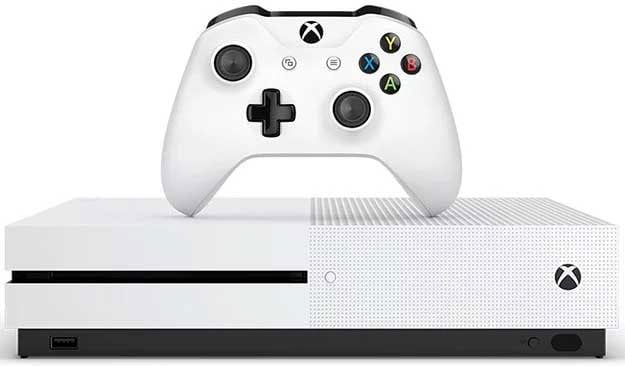Next-Gen Xbox Rumored To Gain Dedicated Hardware Physics Engine

Understandably, Sony and Microsoft are not divulging too many details about each one's future game console plans—any statements about upcoming hardware are typically vague in nature and reflect a general ethos, rather than specifics about the actual hardware. That said, there is information out there, hidden not just in leaks and rumors, but also in patent applications. One of them talks about a dedicated hardware physics engine.
Microsoft filed the patent in January 2018, and it was first published a couple of weeks ago. Titled "Separation Plane Compression," it hints at what could be included in Microsoft's next-generation Xbox console.
"A computing device, including a processor configured to execute a physics engine. At a first time step, the physics engine may, for a first body located at a first position, determine a non-collision region bounded on a side by a separation plane such that when the first body is within the non-collision region, the first body does not collide with a second body," the patent reads.
The patent goes on to state that this method may apply lossy compression to the separation plane. It's technical in nature (as patents typically are), but what Microsoft is basically describing is a method for delivering realistic physics even when the demands exceed the hardware capabilities of the GPU and CPU.
That is where the extra onboard module/physics engine would come into play. The future Xbox would be able to offload physics chores, freeing up the GPU and CPU to focus on other things (graphics, AI, and so forth).
One reason this could be important is because a next-gen game console would almost certainly be hyped to play games at 4K and in HDR, just as Microsoft and Sony have attempted to do with refreshes of their current-generation hardware (Xbox One X and PlayStation 4 Pro, respectively). As we know, higher resolution gaming requires more graphics muscle. A faster GPU is a given, but a dedicated physics module could also help.
We'll have to wait and see, of course, but in the meantime, these types of patents potentially give us a glimpse into future hardware designs.

